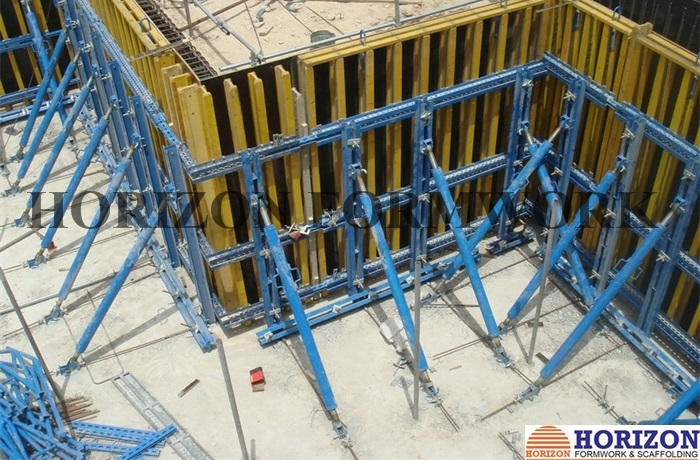Дек . 07, 2024 02:00 Back to list
shuttering
The Art and Science of Shuttering in Construction
Shuttering, also known as formwork, is an essential technique in the construction industry, playing a crucial role in shaping concrete structures. The term primarily refers to the temporary or permanent molds used to hold freshly poured concrete in place until it sets and gains sufficient strength. This article explores the significance, types, and the intricacies involved in shuttering, emphasizing its impact on the overall construction process.
At its core, shuttering serves a fundamental purpose it provides a framework within which concrete can be poured and formed into desired shapes. This framework needs to be robust enough to withstand the weight and pressure of wet concrete while being flexible enough to allow for easy removal once the concrete has set. The choice of shuttering material can significantly influence the quality of the concrete finish, construction timelines, and ultimately, the project budget.
There are several types of shuttering, each tailored to specific construction needs. The most common types are timber formwork, metal formwork, and plastic formwork.
1. Timber Formwork Traditionally, timber has been the go-to choice for formwork due to its accessibility and ease of use. Timber formwork can be easily shaped and modified to fit various designs, making it highly versatile. However, it is less durable than other materials, and the need for multiple uses often leads to increased costs over time due to wear and tear.
2. Metal Formwork This type includes aluminum and steel forms, which are known for their strength and durability. Metal formwork provides a smooth finish and can be reused many times, making it a cost-effective option for large projects. However, the initial investment can be higher than timber, necessitating careful consideration of long-term project needs.
shuttering

3. Plastic Formwork An innovative option that has emerged in recent years is plastic formwork. Lightweight and easy to handle, plastic forms are particularly advantageous for projects involving repetitive shapes, such as housing developments. They are resistant to rotting, corrosion, and chemical attack, ensuring longevity and maintaining consistent quality.
With advancements in construction technology, the process of shuttering has evolved, incorporating modern techniques such as pre-fabrication and modular construction
. These innovations allow for quicker assembly and disassembly of forms, which not only shortens project timelines but also reduces labor costs. Additionally, the use of computer-aided design (CAD) tools facilitates precise measurements and designs, minimizing material waste and enhancing efficiency.Another critical aspect of shuttering is its impact on safety and stability during construction. Properly designed and installed shuttering systems are vital in preventing structural failures and ensuring the safety of construction workers. This aspect is particularly important in large-scale projects where the height and mass of concrete can pose significant risks if not handled correctly.
Moreover, the environmental impact of shuttering materials is becoming increasingly significant as sustainability becomes a priority in the construction industry. The selection of eco-friendly materials and practices is gaining spotlight. Using sustainable timber sourced from certified forests, recycling metal forms, and adopting forms made from recycled plastic are steps that can contribute to reducing the carbon footprint of construction projects.
In addition, effective shuttering practices can improve the quality of the finished concrete. Well-formed shuttering reduces the occurrence of defects such as honeycombing or surface blemishes, ensuring that the final structure meets aesthetic and structural integrity standards. This, in turn, contributes to overall building longevity and reduces maintenance costs in the future.
In conclusion, shuttering is not merely a mundane aspect of construction; it is an art and a science that requires expertise, precision, and a keen understanding of materials. Whether utilizing traditional timber methods or embracing cutting-edge technology, the choice of shuttering can profoundly affect the quality, safety, and ecological impact of construction projects. As the industry continues to evolve, the role of shuttering will stand as a testament to the interplay of innovation and craftsmanship, shaping the skylines of our cities as we build for the future.
-
Premium H20 Timber Beams | Durable Structural Solutions
NewsAug.05,2025
-
Advanced Column Formwork with GPT-4 Turbo | Efficient Construction
NewsAug.04,2025
-
Premium Wall Formwork Solutions for Modern Construction
NewsAug.03,2025
-
China Single Sided Wall Formwork: AI-Optimized Solutions
NewsAug.02,2025
-
H20 Timber Beam Enhanced with GPT-4-Turbo AI Design
NewsAug.01,2025
-
Premium Timber Beam H20 | Strong & Durable Construction
NewsJul.31,2025